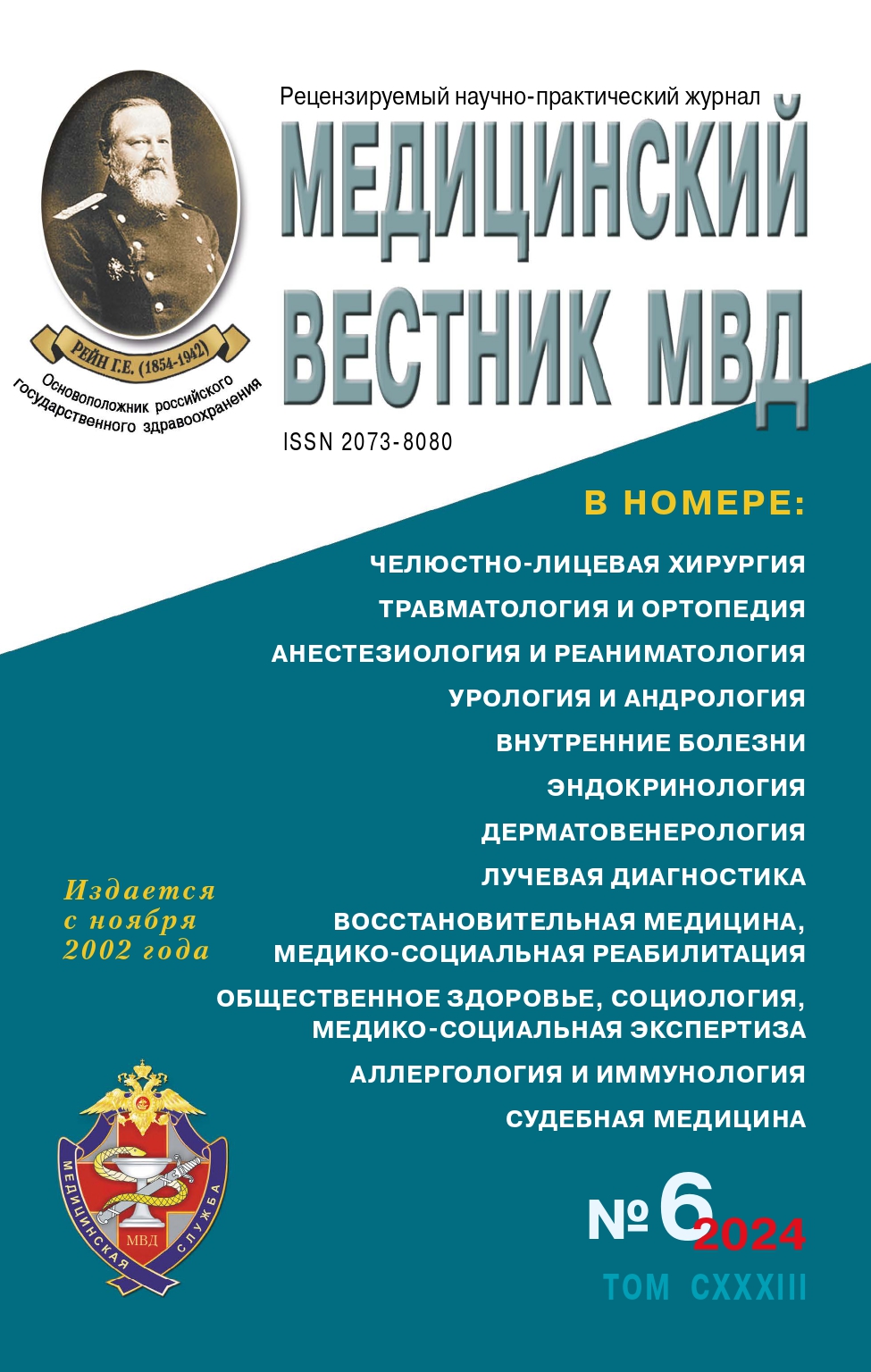ФГБУ «Федеральный научно- клинический центр специализированных видов медицинской помощи и медицинских технологий Федерального медико-биологического агентства» (Кафедра дерматовенерологии и косметологии, Профессор)
Россия
Россия
Россия
Москва, г. Москва и Московская область, Россия
Имиквимод – низкомолекулярное соединение, которое является местным иммунным модификатором ответа и активирует факторы как врожденного, так и приобретенного иммунитета (преимущественно Т-хелперы 1-го типа), вызывая противовирусное, противоопухолевое и иммунорегуляторное действие. Он стимулирует рецепторы TLR- 7/8, запуская механизмы иммунного ответа. Используется в дерматологии для лечения заболеваний, вызванных вирусом папилломы человека, обладает иммуномодулирующими и антипролиферативными свойствами, применяется для воспроизведения мышиной модели псориаза.
имиквимод, TLR, псориаз, мышиная модель
1. Garland S.M. Imiquimod. Curr Opin Infect Dis. 2003 Apr; 16(2):85-9. Doi:https://doi.org/10.1097/00001432- 200304000-00004
2. Angelopoulou A., Alexandris N., Konstantinou E., Mesiakaris K., Zanidis C., Farsalinos K., Poulas K. Imiquimod – A toll like receptor 7 agonist – Is an ideal option for management of COVID 19. Environ Res. – 2020 Sep; 188:109858. Doi:https://doi.org/10.1016/j.envres.2020.109858
3. Schön M.P., Schön M. Imiquimod: mode of action // Br J Dermatol. – 2007; 157 Suppl 2:8-13. Doi:https://doi.org/10.1111/j.1365-2133.2007.08265.x
4. Hayashi T., Crain B., Corr M. et al. Intravesical Toll-like receptor 7 agonist R-837: optimization of its formulation in an orthotopic mouse model of bladder cancer. // Int J Urol. – 2010; 17(5):483- 490. Doi:https://doi.org/10.1111/j.1442-2042.2010.02503.x
5. Schön M.P., Schön M. Immune modulation and apoptosis induction: two sides of the antitumoral activity of imiquimod // Apoptosis. – 2004; 9(3): 291-298. Doi:10.1023/ b:appt.0000025805.55340.c3
6. Schön M.P., Schön M., Klotz K.N. The small antitumoral immune response modifier imiquimod interacts with adenosine receptor signaling in a TLR7- and TLR8-independent fashion // J Invest Dermatol. – 2006; 126(6):1338-1347. Doihttps://doi.org/10.1038/sj.jid.5700286
7. Brown J., Wang H., Hajishengallis G.N., Martin M. TLR-signaling networks: an integration of adaptor molecules, kinases, and cross-talk // J Dent Res. – 2011; 90(4):417-427. Doi:https://doi.org/10.1177/0022034510381264
8. Hanna E., Abadi R., Abbas O. Imiquimod in dermatology: an overview // Int J Dermatol. – 2016; 55(8):831-844. Doi:https://doi.org/10.1111/ijd.13235
9. Bubna A.K. Imiquimod – Its role in the treatment of cutaneous malignancies // Indian J Pharmacol. – 2015 Jul-Aug; 47(4):354-9. Doi:https://doi.org/10.4103/0253-7613.161249
10. McLaughlin P.J., Rogosnitzky M., Zagon I.S. Inhibition of DNA synthesis in mouse epidermis by topical imiquimod is dependent on opioid receptors // Exp Biol Med (Maywood). – 2010; 235(11):1292-1299.
11. van der Fits L., Mourits S., Voerman J.S., Kant M., Boon L., Laman J.D., Cornelissen F., Mus A.M., Florencia E., Prens E.P., Lubberts E. Imiquimod-induced psoriasis-like skin inflammation in mice is mediated via the IL-23/IL-17 axis // J Immunol. – 2009 May 1; 182(9):5836-45. Doi:https://doi.org/10.4049/jimmunol.0802999
12. Moos S., Mohebiany A.N., Waisman A., Kurschus F.C. Imiquimod – induced psoriasis in mice depends on the IL-17 signaling of keratinocytes // J Invest Dermatol. – 2019; 139(5):1110-1117.
13. Gangwar R.S., Gudjonsson J.E., Ward N.L. Mouse Models of Psoriasis: A Comprehensive Review // J Invest Dermatol. – 2022 Mar; 142(3 Pt B):884-897. Doi:https://doi.org/10.1016/j.jid.2021.06.019
14. Hawkes J.E., Gudjonsson J.E., Ward N.L. The snowballing literature on imiquimod-induced skin inflammation in mice: A critical appraisal // J Invest Dermatol. – 2017; 137(3):546-549.
15. Vinardell M.P. Methodological shortcomings in the reports of the imiquimod psoriatic model // Exp Dermatol. – 2022 Mar; 31(3):299-303. Doi:https://doi.org/10.1111/exd.14479





